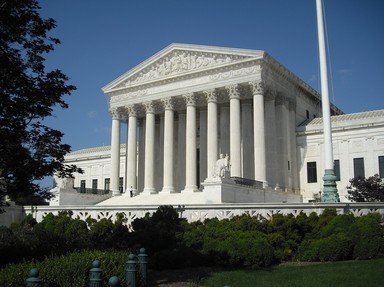Quiz Answer Key and Fun Facts
1. Perhaps the most important in US Constitutional Law history, which 1803 case established the concept of judicial review for federal and legislative acts?
2. McCulloch v. Maryland was a crucial 1819 decision, involving the Bank of the United States, that explained how to interpret the Constitution as applied to federal-state relationships. Who was McCulloch?
3. Which justice, the only one of these to be nominated by President Rutherford B. Hayes, wrote the dissenting opinion in the infamous Plessy v. Ferguson (1896) case?
4. Hines v. Davidowitz is a classic case from 1941 that illustrates field pre-emption. According to that Supreme Court opinion, which controversial issue is pre-empted by federal law (in that case, the Alien Registration Act)?
5. In Youngstown Sheet & Tube Co. v. Sawyer, Justice Jackson's concurrence suggested a tripartite framework to evaluate presidential powers. Which of the following terms was NOT mentioned in Justice Jackson's "Youngstown" concurrence?
6. Brown v. Board of Education was decided in 1954. In which "Sunflower State" did the case start?
7. Baker v. Carr is a major malapportionment case that shaped the judicial future of election controversies. Which of these justiciability limits was at the core of Baker v. Carr?
8. Which 1962 case dealt with the constitutionality of public school prayer, ultimately turning on the First Amendment and its Establishment Clause?
9. Katzenbach v. McClung was a landmark desegregation case involving an Alabama restaurant called "Ollie's _________". Which delicious food item completes the establishment's name?
10. The 1980 case Harris v. McRae dealt with the Hyde Amendment, which banned the use of Medicaid funds for abortion. Was the Hyde Amendment upheld as constitutional by this Court?
Source: Author
Lpez
This quiz was reviewed by FunTrivia editor
stedman before going online.
Any errors found in FunTrivia content are routinely corrected through our feedback system.
